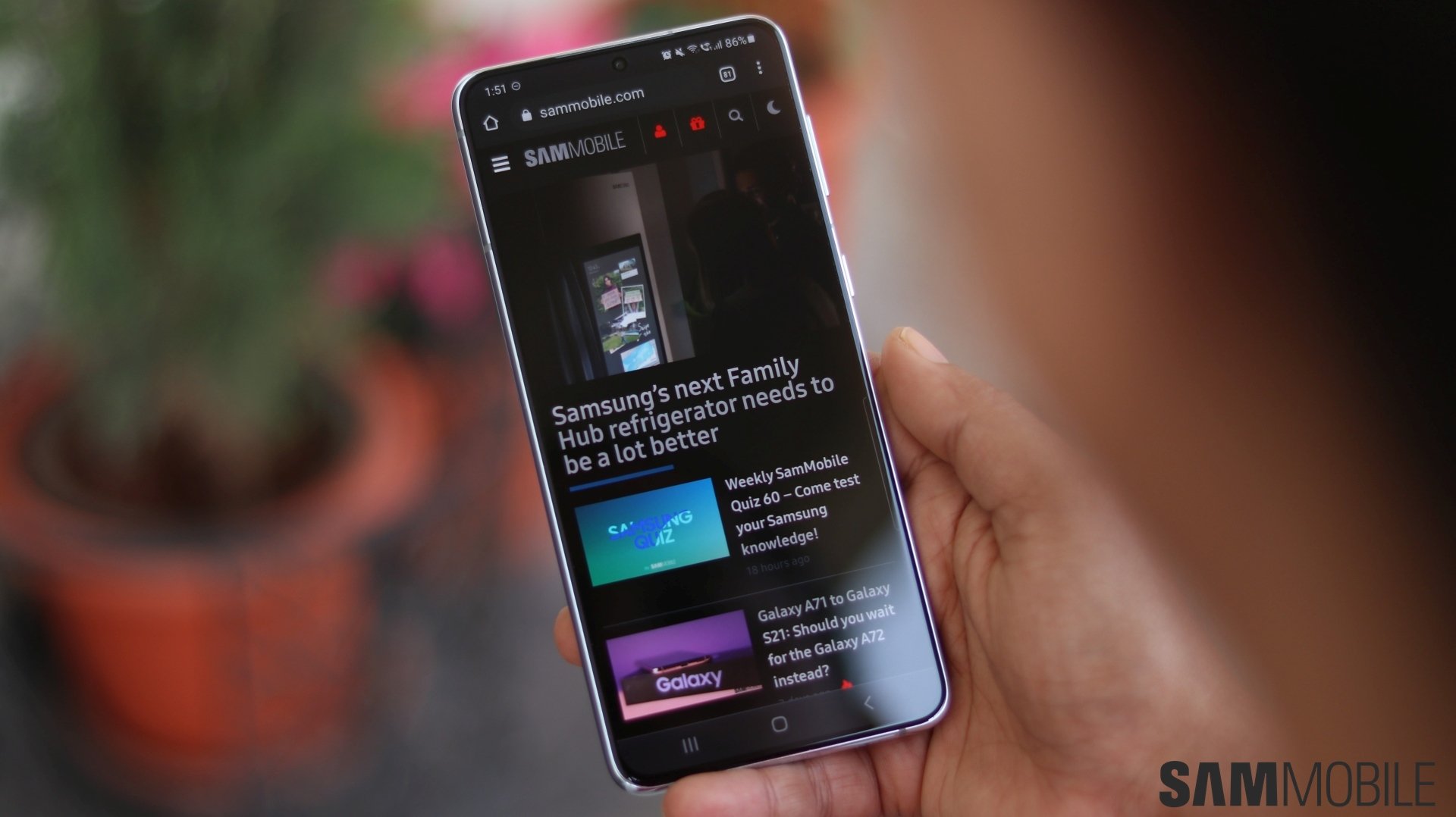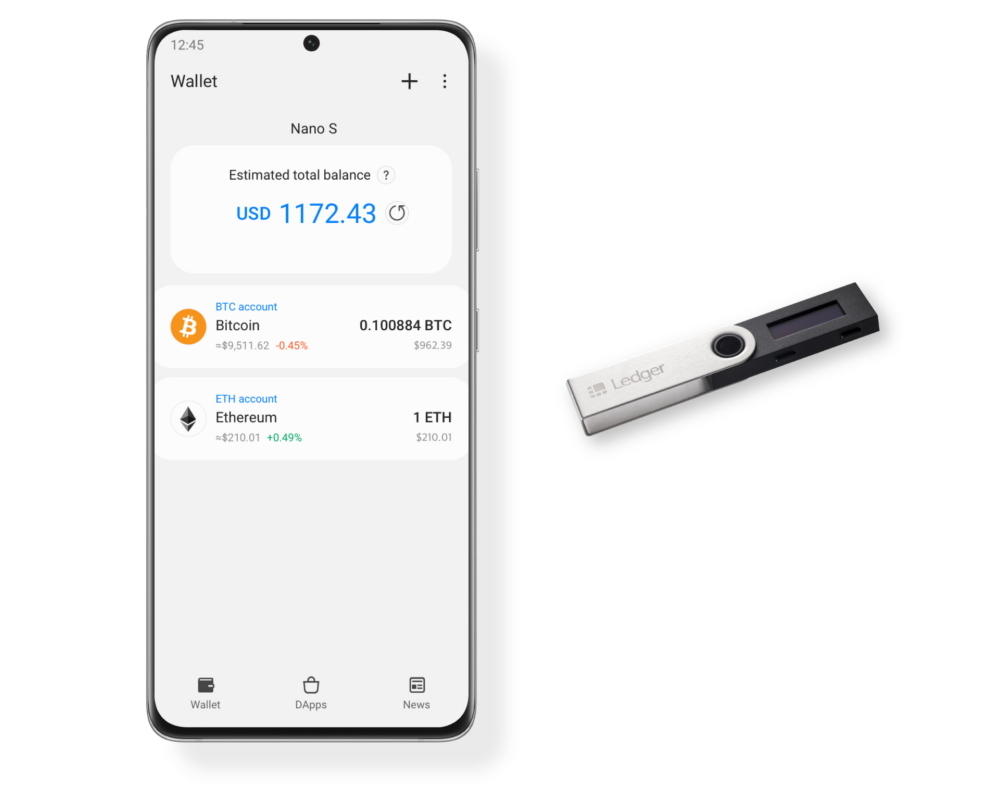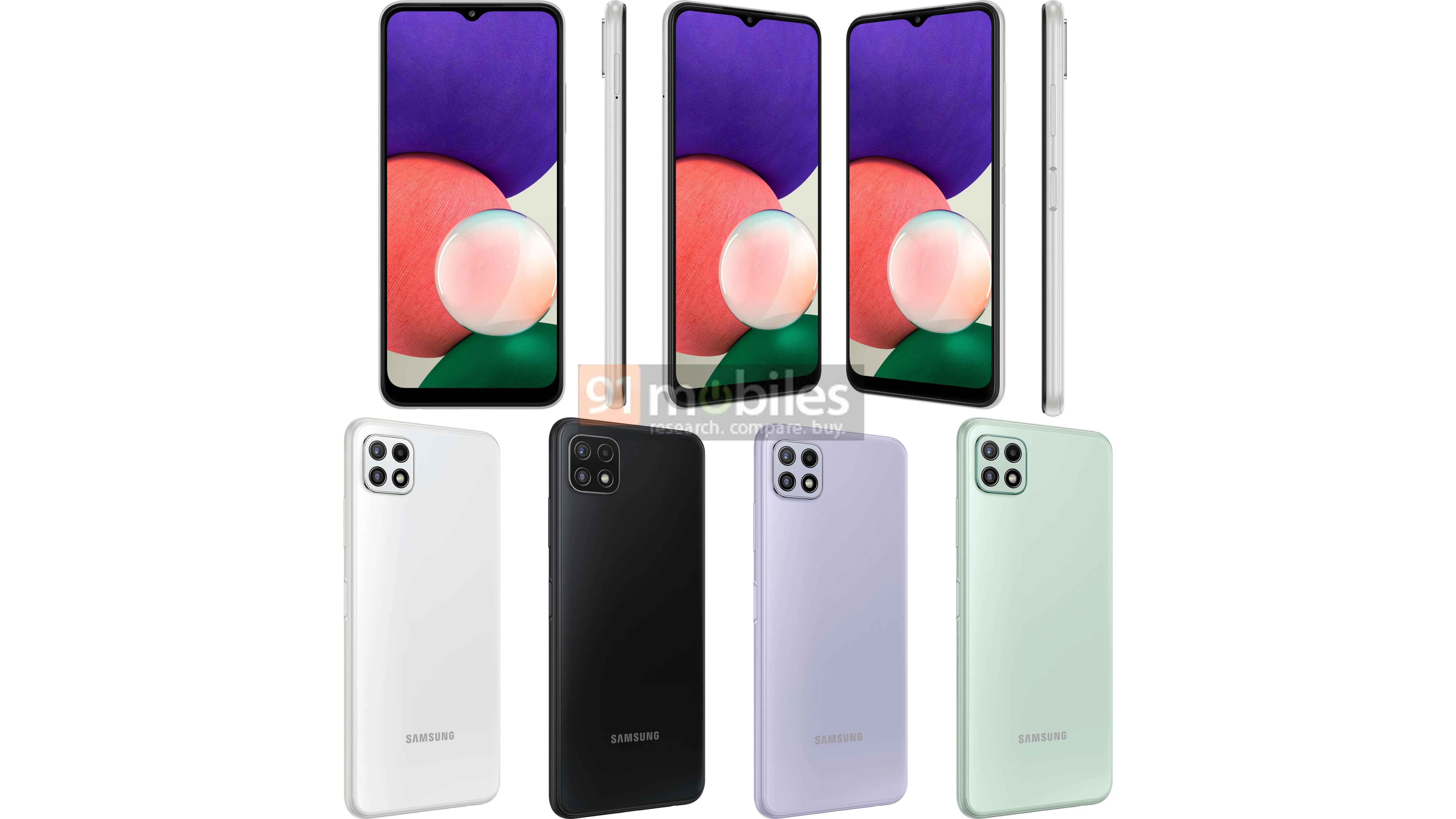Samsung Internet is the most popular Samsung app on Android, because it’s one of the few Samsung apps that work on non-Galaxy devices and because the Korean giant’s browser app is pretty amazing. However, I stick to Chrome on both phone and desktop thanks to the cross-syncing support enabled by having a Google account, something that you don’t get with Samsung Internet (partly because Samsung Internet doesn’t have a desktop version).
That does mean that I miss out on some of the nice features that you get on Samsung Internet, and there are two in particular — rather simple ones at that — I wish Google would adopt for Chrome on Android.
One-click disabling of autoplaying videos
I’m pretty sure no one out there likes websites that start playing videos on their pages automatically, especially those that also automatically play sound instead of autoplaying videos on mute and leaving it up to the viewer to turn on the sound. Many websites are guilty of this, including some popular gaming websites that I frequent, and it can become quite frustrating after a while.
Samsung Internet, however, has a great solution to this: You can simply go into its settings and toggle the button that says Allow autoplay videos (located inside the Useful features submenu). Chrome has no such provision. It does allow you to mute websites from playing audio, but there’s no setting to disable autoplaying videos. The mute setting is customizable and lets you mute audio on individual sites or disable audio completely, but a separate option for simply preventing all sites from autoplaying videos would be a lot better.
Automatic dark mode on websites that have a dark theme
We here at SamMobile give our readers the option of selecting a dark theme (which looks great, if we may say so ourselves), and there are many websites out there that let you toggle between a light and dark theme. Galaxy devices (and pretty much every smartphone) come with a system-wide dark mode as well, and Samsung Internet automatically switches between light and dark themes for a website based on the dark mode setting for your phone or tablet.
This is something Chrome cannot do, and that can mean you cannot turn on the dark theme on some websites at all, because some websites do not let the reader switch themes on the fly and/or require the user to login before they can do so. With Samsung Internet, that is not the case. Samsung Internet simply loads a website in its light or dark theme based on your device setting, while giving you the option to switch between the two through the browser’s quick access menu.
Considering a dark mode is present on pretty much every Android device out there, it shouldn’t be hard for Google to bake in automatic syncing of a website’s theme with Android’s dark mode. All Chrome has right now is a theme selector for the browser’s user interface, which just isn’t enough.
What Samsung Internet features would you like to see on Google Chrome (or one of the many other browsers available on Android)?
The post Two Samsung Internet features I wish were on Google Chrome appeared first on SamMobile.
from SamMobile https://ift.tt/3eKYE9R
via IFTTT








